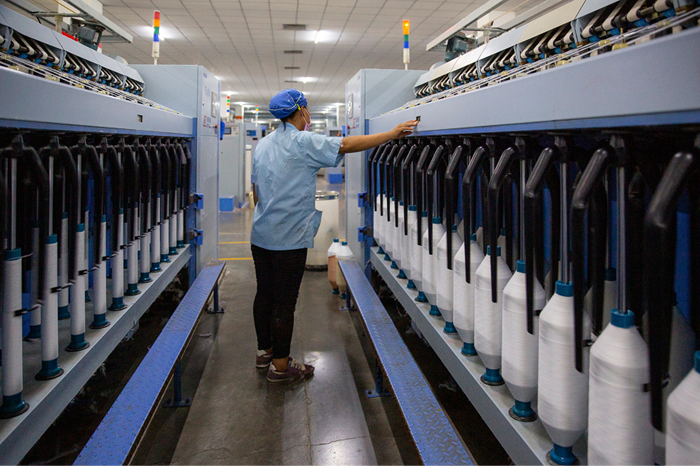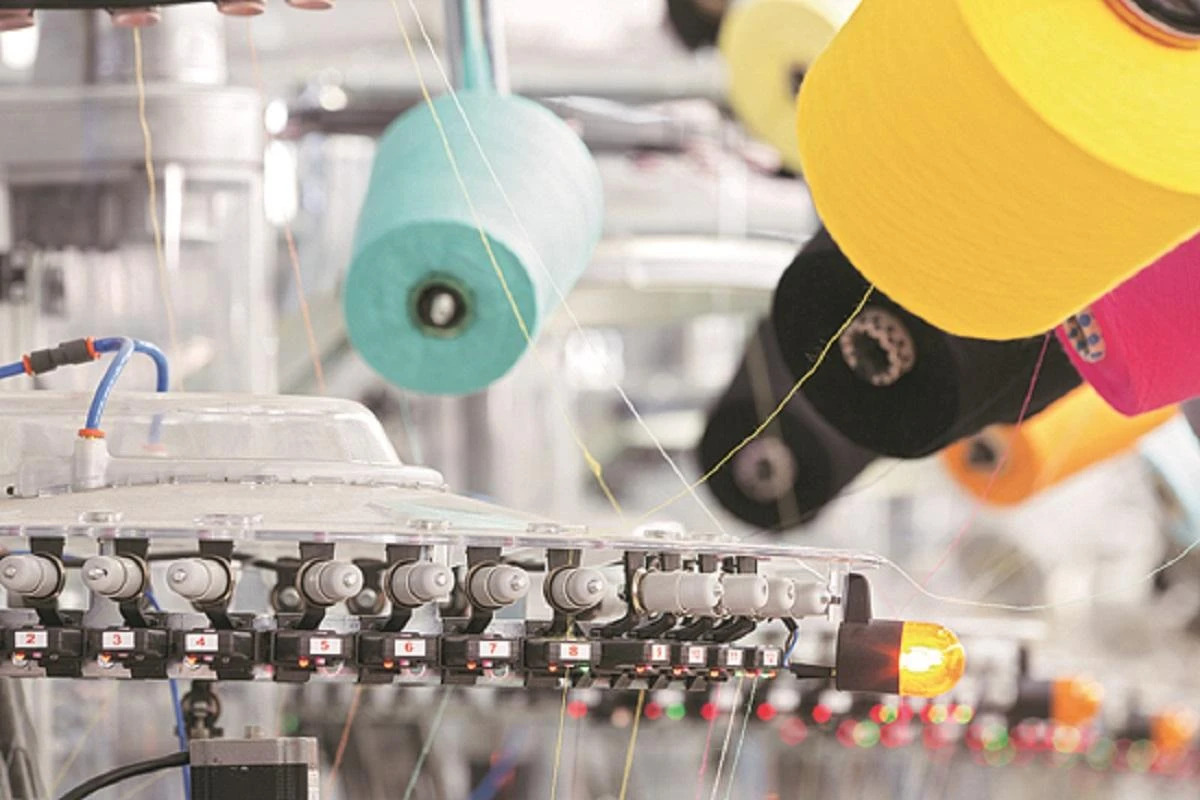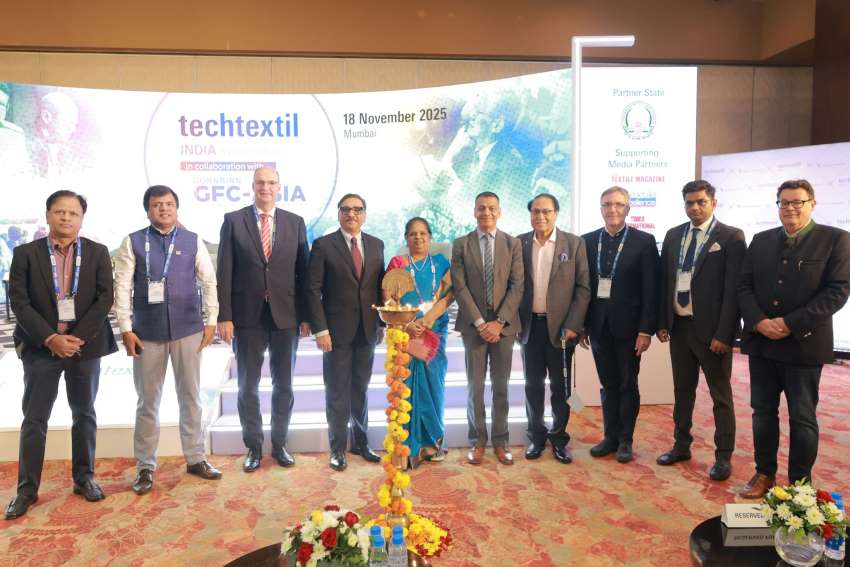For decades, donation bins have offered consumers in rich countries a guilt-free way to unload their old clothing. In a virtuous and profitable cycle, a global network of traders would collect these garments, grade them, and transport them around the world to be recycled, worn again, or turned into rags and stuffing. Fashion trends are accelerating, new clothes are becoming as cheap as used ones, and poor countries are turning their backs on the secondhand trade. Without significant changes in the way that clothes are made and marketed, this could add up to an environmental disaster in the making.
Located 55 miles North of Delhi, the dusty city of 450,000 has served as the world's largest recycler of woolen garments for at least two decades, becoming a crucial outlet for the $4 billion used-clothing trade. Panipat's mills specialize in a cloth known as shoddy, made from low-quality yarn recycled from woolen garments. Much of what they produce is used to make cheap blankets for disaster-relief operations.
What's good for Panipat and its customers is bad news for donors and the environment. Even if Panipat were producing shoddy at its peak, it probably couldn't manage the growing flood of used clothing entering the market in search of a second life. The good news is that nobody has a bigger incentive to address this problem than the industry itself. By raising temperatures and intensifying droughts, climate change could substantially reduce cotton yields and thus make garment production less predictable and far more expensive. Industry executives are clearly concerned.
None of these options can replace Panipat and the other mill towns that once transformed rich people's rags into cheap clothes for the poor. But, like it or not, that era is coming to an end. Now the challenge is to stitch together a new set of solutions.












